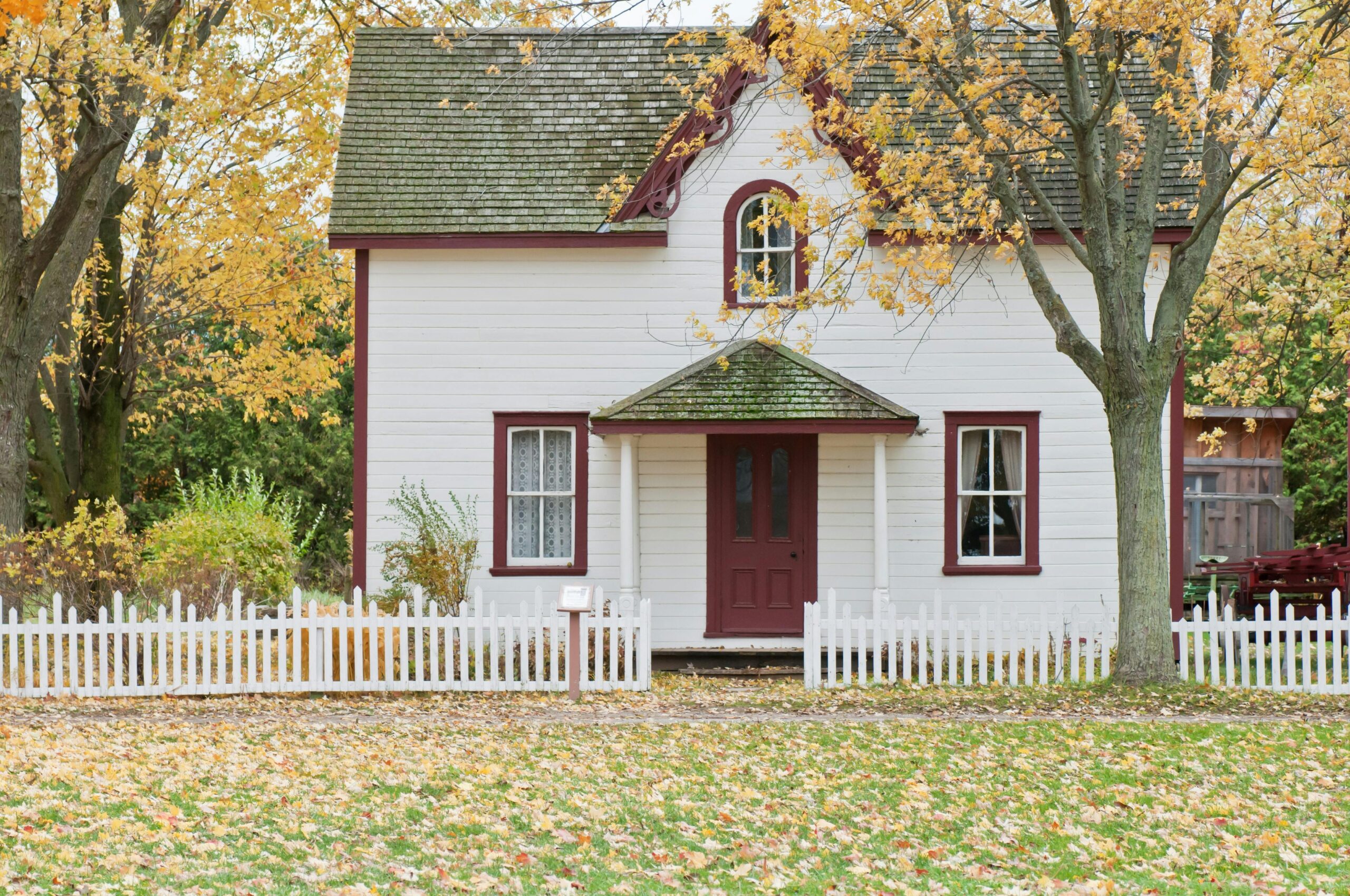Renovating older homes can be both rewarding and challenging. These homes are full of character, but they may require more work to meet modern standards. If you’re considering a renovation, here’s what you need to know.
1. Understand the Home’s Structure:
Before beginning renovations, have a professional inspect the home’s structure. Older homes often have issues with foundation stability, outdated wiring, and plumbing that needs updating. Addressing these structural issues early on can save you from costly repairs down the line.
2. Maintain the Home’s Character:
One of the biggest appeals of older homes is their charm. Be sure to preserve the architectural features that give your home character, such as crown molding, hardwood floors, or fireplaces. These original elements can be restored to maintain the unique feel of your home.
3. Consider Energy Efficiency Upgrades:
Older homes often have inefficiencies in insulation, windows, and appliances. Consider replacing windows with energy-efficient ones, adding insulation where needed, and updating your heating and cooling systems. These improvements will increase comfort and reduce your energy bills.
4. Be Prepared for Unexpected Costs:
Renovating older homes often uncovers hidden issues, such as water damage, pest infestations, or mold. Always allocate a contingency budget for unforeseen costs and consult with professionals to assess the home’s true condition before starting any major work.
5. Consult Experts:
Renovating an older home requires specialized knowledge. Hiring experts who are experienced in handling the complexities of older structures will ensure that your renovation is done safely and up to code. These experts can also help you navigate any local regulations regarding historical homes.



